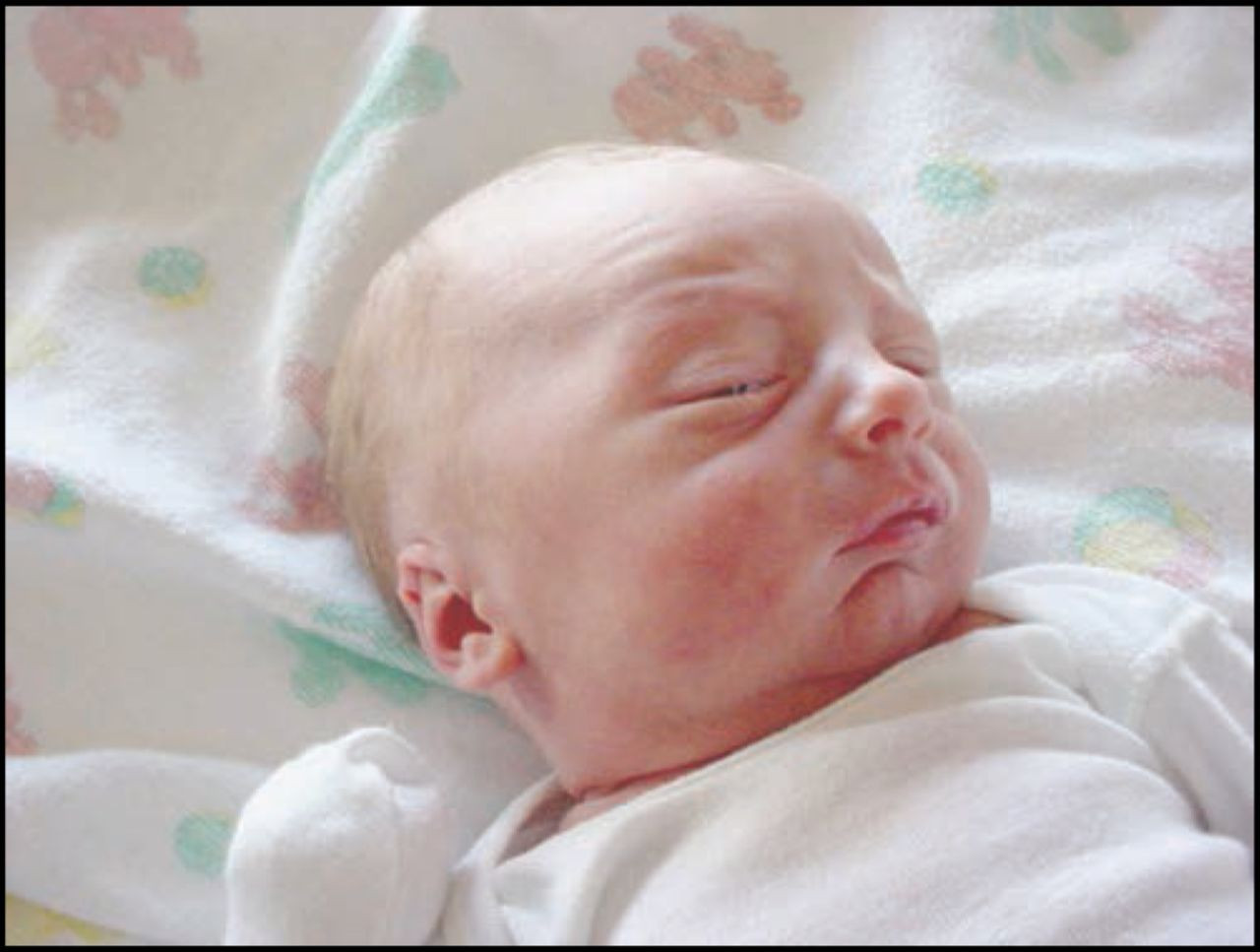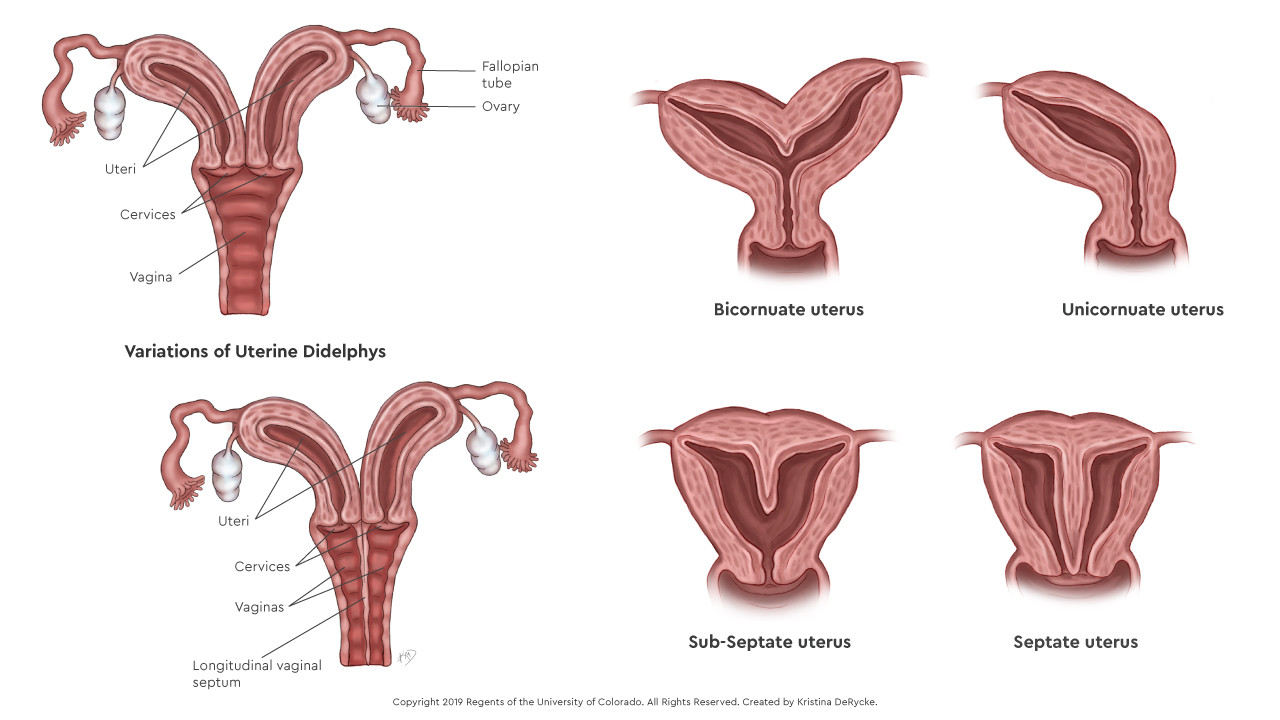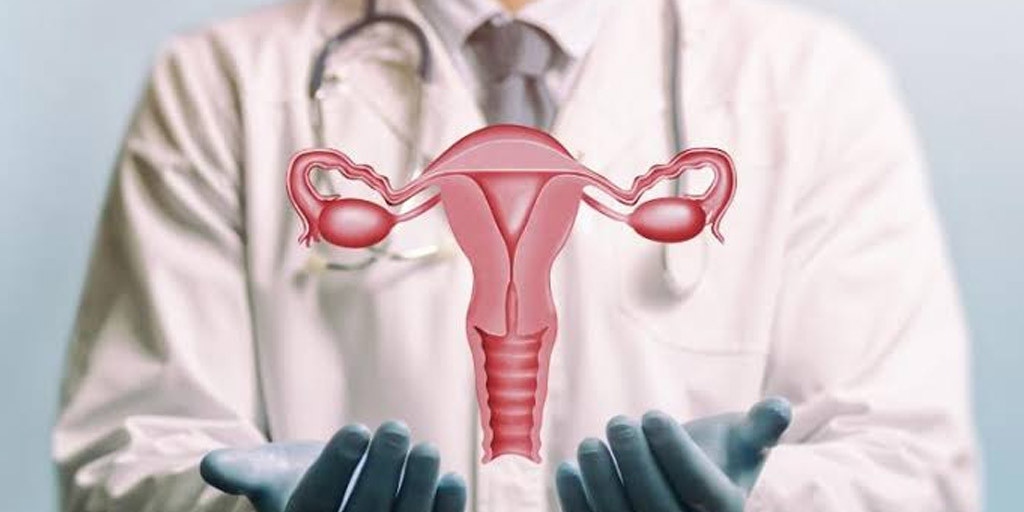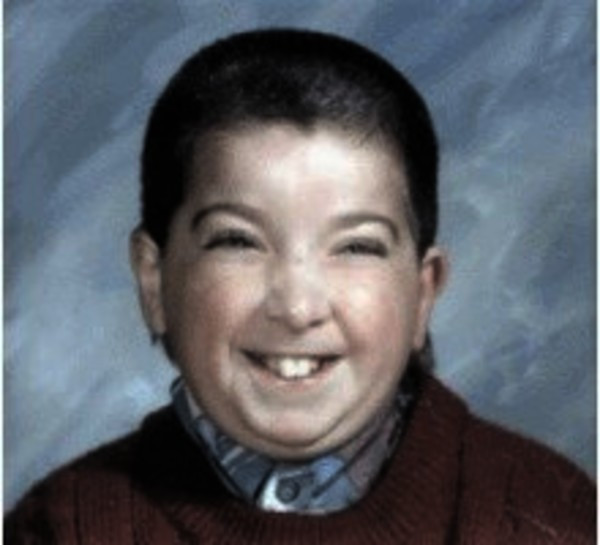Definition
Micrognathia, also known as mandibular hypoplasia, is a disorder characterized by an abnormally small lower jaw in children compared to what is typical for their age. Children with micrognathia have a disproportionately shorter or smaller lower jaw than the rest of the face. A small jaw size in children might lead to respiratory difficulties and feeding problems.
Causes
The majority of micrognathia cases manifest congenitally or during pregnancy. While certain cases are attributed to hereditary factors, others arise from spontaneous gene mutations that do not manifest as familial inheritance.
During gestation, the jaw undergoes a complex developmental process in the uterus. The development of numerous components separately before they come together to form the jaw. Developmental disruptions result in the incomplete formation of the onion jaws. Various genetic disorders are associated with micrognathia.
Pierre-Robin syndrome
Pierre Robin syndrome delays the development of the baby's jaw in utero, leading to a significantly undersized lower jaw. This syndrome results in the baby's tongue retracting, obstructing the airway, and impeding breathing. Infants with this condition may exhibit a cleft palate. Pierre Robin syndrome has a prevalence of around 1 in 8,500–14,000 births.
Trisomy 13 and 18
Trisomy is a genetic disorder characterized by the presence of one extra chromosome, resulting in a total of three chromosomes instead of the usual two. Trisomy results in significant cognitive impairments and structural abnormalities in the body.
According to the National Library of Medicine, trisomy 13, known as Patau syndrome, affects about 1 in 16,000 babies. Approximately 1 in 6,000 children are born with trisomy 18, often known as Edwards syndrome, according to the Trisomy 18 Foundation.
Achondrogenesis
Achondrogenesis is a rare genetic condition characterized by insufficient growth hormone production by the pituitary gland in children. This condition results in significant bone issues, such as a tiny mandible, constricted chest, and significantly shortened legs, limbs, neck, and body.
Progeria
Progeria is a hereditary condition characterized by accelerated aging in children. Infants with progeria are often asymptomatic at birth, but manifestations of the condition usually appear within the initial two years of life. Genetic changes are the root cause of this condition, but it is not hereditary. Children with progeria exhibit sluggish development rates, hair loss, narrow faces, and small jaws.
Cri-du-chat Syndrome
The uncommon genetic disorder known as "cri-du-chat syndrome" results in physical abnormalities such as pointed ears and a tiny jaw, as well as developmental abnormalities. The term refers to the high-pitched, feline-like wail of infants suffering from this illness. This syndrome is usually not an inherited condition.
Treacher Collins Syndrome
Treacher-Collins syndrome is a hereditary condition that causes severe facial abnormalities. This disease can result in ear abnormalities, a cleft palate, a lack of cheekbones, and a tiny jaw.
Risk factor
Micrognathia can be congenital or acquired. Some cases result from hereditary factors, whereas others stem from genetic alterations and are not inherited.
This disorder primarily affects children who are born with specific genetic conditions, such as trisomy 13 or progeria. Micrognathia can result from fetal alcohol syndrome, a syndrome in neonates caused by excessive alcohol exposure during pregnancy.
Symptoms
Various symptoms of micrognathia include:
- A thin and diminutive lower jaw appearance
- Problems with breathing, such as stopping to breathe for an extended period of time, particularly when sleeping;
- Feeding problems, such as starving yourself or not being able to eat at all and poor weight gain
- Loud respiration sounds.
- Insomnia
- Occasionally, parents may observe cyanosis in their child's skin when eating or sleeping due to respiratory difficulties.
- Malocclusion refers to the misalignment of teeth.
Diagnosis
Diagnosis might be completed either prenatally or postnatally.
Prenatal diagnosis
Doctors may identify micrognathia prenatally. Doctors can visualize the baby's jaw via ultrasonography starting at 10 weeks of gestation when the baby's head is properly positioned. Three-dimensional ultrasonography provides a clearer visualization of the jaw. The doctor can provide a subjective evaluation based on the ultrasound image or attempt to measure the baby's jaw as represented in the ultrasound image.
When doctors diagnose micrognathia early in pregnancy, the primary concern is whether it is a component of a broader genetic condition. Additional investigation, such as genetic testing, can answer these concerns.
With an accurate diagnosis, the healthcare team may offer prenatal counseling to parents and establish an effective postnatal treatment plan for the infant.
Postnatal diagnosis
Micrognathia is typically diagnosed postnatally. The doctor will search for abnormalities that may co-occur with micrognathia. Micrognathia typically manifests at birth but can develop later in life.
Parents and healthcare workers should be aware of signs of eating disorders and respiratory problems in infants with smaller jaws, such as noisy breathing and breathing interruptions. Micrognathia can lead to difficulties with sucking and swallowing, which may result in poor weight gain.
As additional diagnostic procedures, X-rays and CT scans are both viable options. Cardiac, respiratory, cerebral, and oxygen levels can be assessed during a sleep study examination.
Management
During puberty, a child's lower jaw might experience significant growth. Micrognathia may resolve as the child's jaw develops over time. No treatment is required in the current case.
Treatment for micrognathia typically involves modified feeding techniques and specialized equipment for children experiencing feeding challenges. Your doctor can assist you in finding a nearby hospital that offers this treatment and feeding instruction.
Surgery may be necessary to repair lower jaw anomalies in the infant. An oral surgeon expert performed the surgery. The doctor will graft bone fragments to the jaw to extend the child's mandible.
Corrective devices like braces can help straighten teeth that are misaligned due to a small jaw. Treatment for the underlying problem is determined based on the etiology, symptoms, and severity.
Complications
Due to difficulties eating caused by the abnormal shape of their jaws and teeth, children with micrognathia may exhibit failure to thrive, characterized by inadequate weight gain or even weight loss.
Prolonged malnutrition resulting from prolonged difficulty consuming can negatively impact a child's development and cause growth disorders. The child's respiratory difficulties disrupt the quality of his or her sleep, constituting an additional complication. Additionally, inadequate sleep quality can hinder a child's growth and development.
Prevention
To achieve prevention, avoid possible risk factors, such as abstaining from alcohol consumption during pregnancy. Genetic mutation is one factor contributing to the development of congenital errors. Therefore, maintaining good health throughout pregnancy is crucial for mothers to prevent gene mutations.
The fact that the mother is pregnant or trying to conceive makes prevention a viable option. Pregnant women can keep themselves healthy by doing things like:
- Perform prenatal examinations
- To find out which medications are safe to use while pregnant, talk to your doctor.
- Healthy eating habits among pregnant women and young women
- Make sure pregnant women and teenage girls get enough of certain minerals and vitamins, particularly folic acid
- While you're pregnant, stay away from anything that could be harmful to the baby, like chemicals, some drugs, alcohol, cigarettes, radiation, and so on.
Suppose you are planning to become pregnant and have a family history of micrognathia. In that case, it is important to visit a doctor for prophylactic measures because these risk factors are inherited and cannot be modified. Mothers should also get regular prenatal exams, including an ultrasound, to catch any problems with the baby early.
When to see a doctor?
Seek medical advice if your child's jaw appears significantly undersized or if the infant is experiencing challenges with feeding and nursing. Certain hereditary diseases leading to a tiny lower jaw are severe and necessitate immediate identification for timely therapy initiation.
In some cases, ultrasonography can detect micrognathia before birth. Inform your child's physician or dentist if your child experiences difficulties with chewing, biting, or speaking. These problems might be signs of misaligned teeth, which a dentist or oral surgeon can fix.
Consult a doctor if your child has difficulty sleeping or stops breathing during sleep (obstructive sleep apnea) due to a smaller jaw.
- dr Hanifa Rahma
Delgado A. (2019). What is micrognathia? Retrieved 24 January 2022, from https://www.healthline.com/health/micrognathia
What is micrognathia?. (2021). Retrieved 24 January 2022, from https://www.webmd.com/children/what-is-micrognathia
Ryan T. (2021). Micrognathia and obstructive sleep apnea. Retrieved 30 January 2022, from https://www.sleepfoundation.org/sleep-apnea/micrognathia
Lu, J., Lu, D., Zhang, X., Bai, J. (2020). Clinical outcomes of prenatal diagnosis of the fetal micrognathia. Retrieved 30 January 2022, from ncbi.nlm.nih.gov/pmc/articles/PMC7004690/












